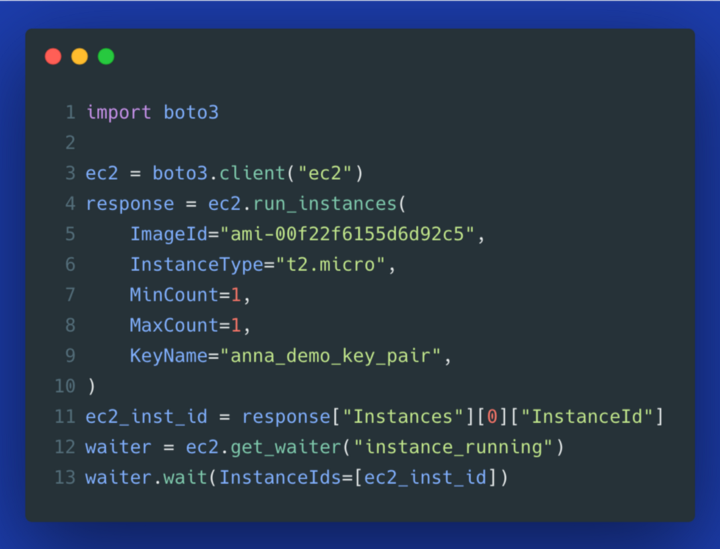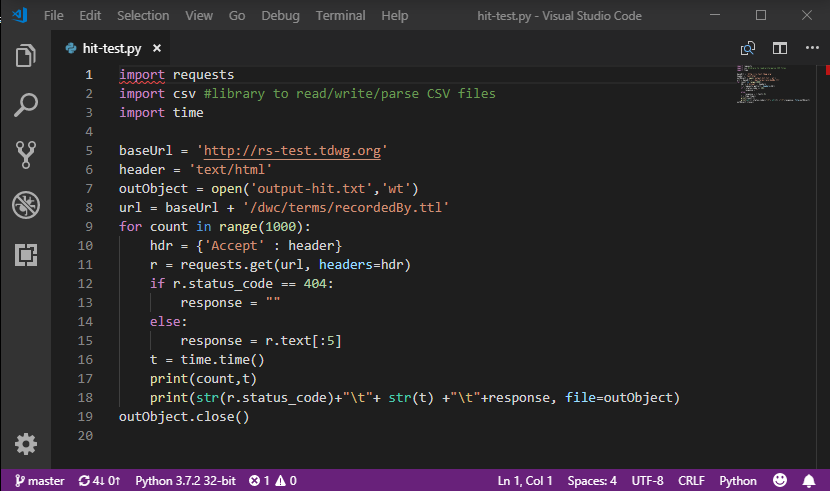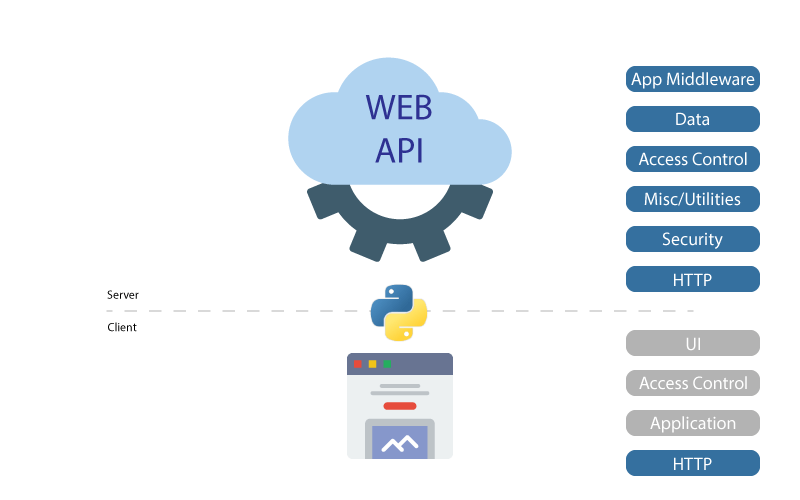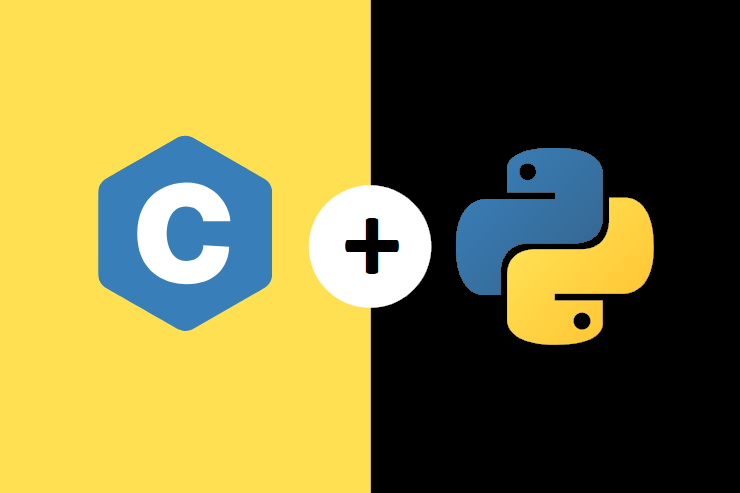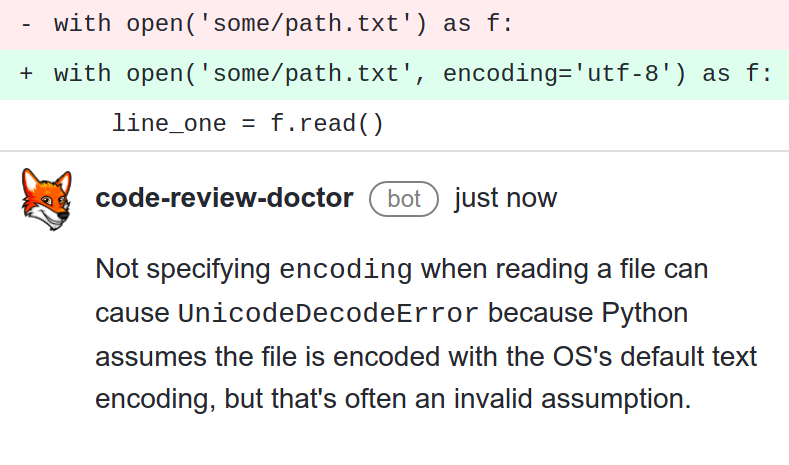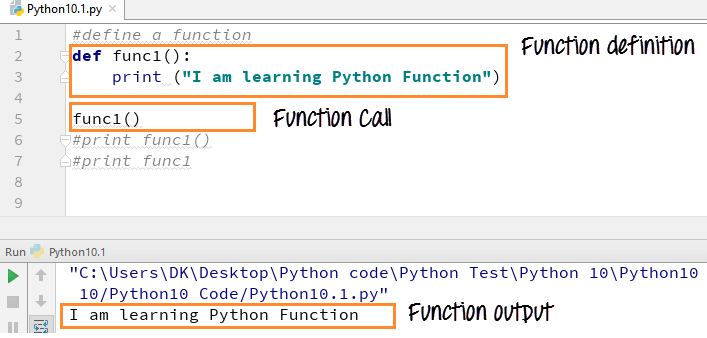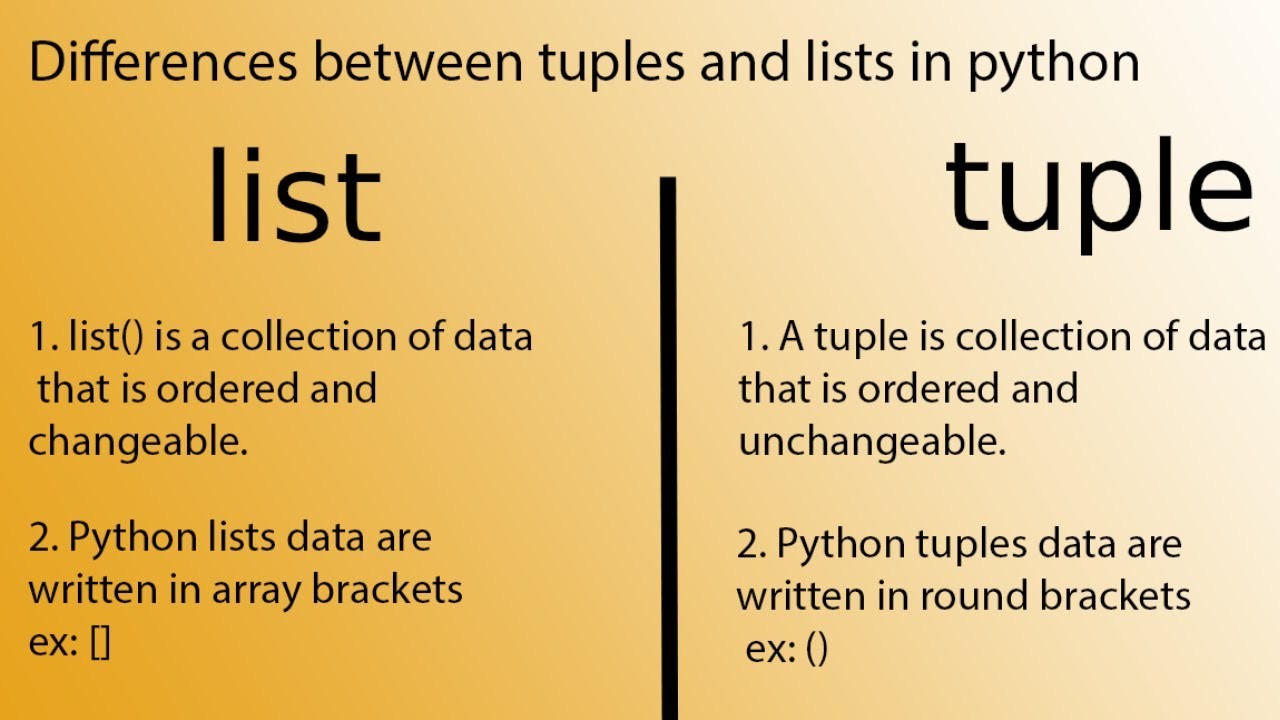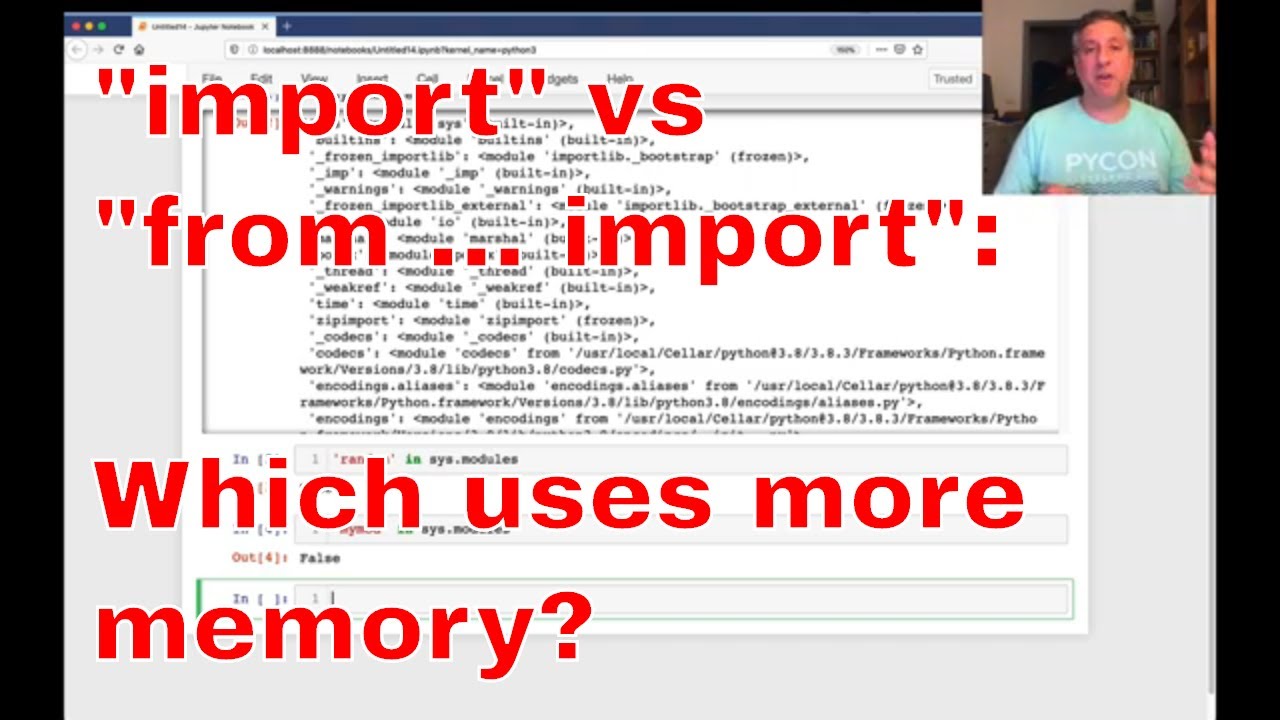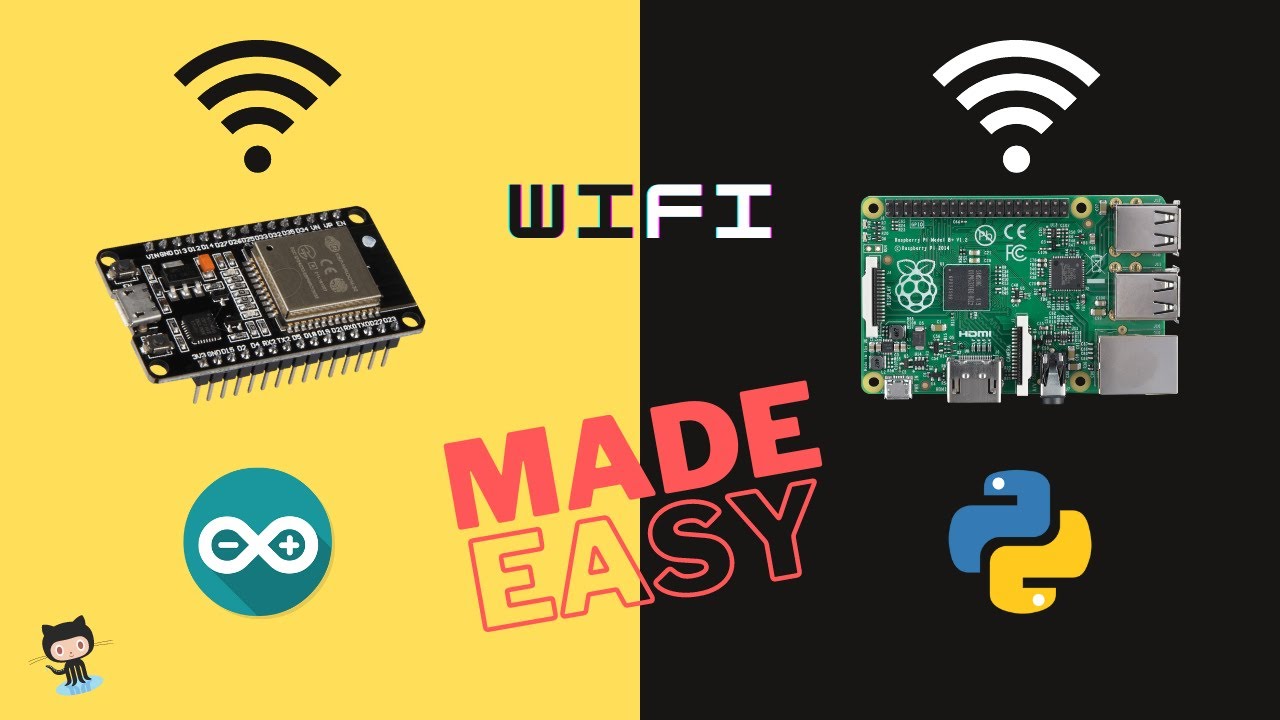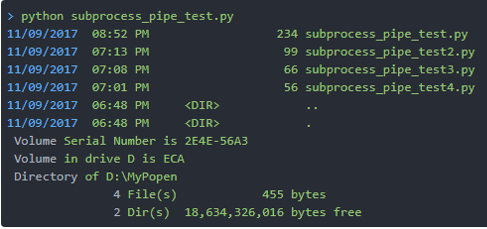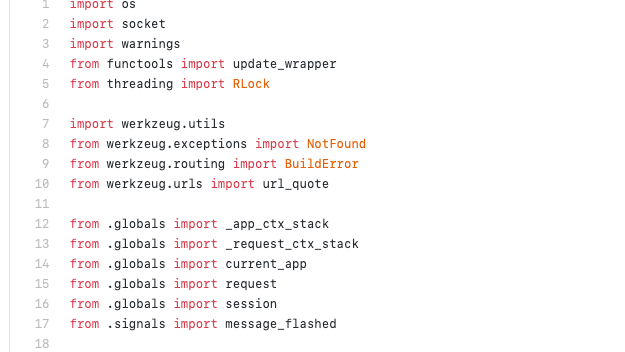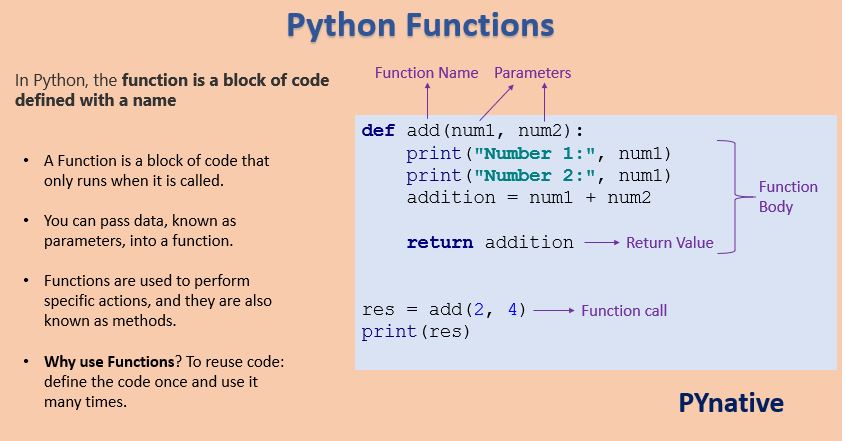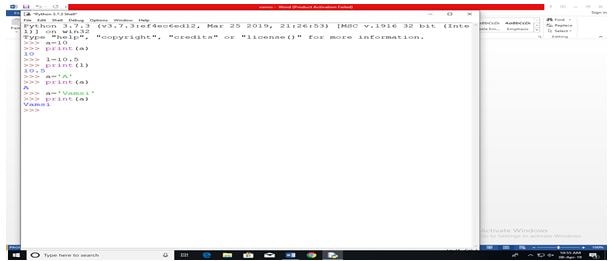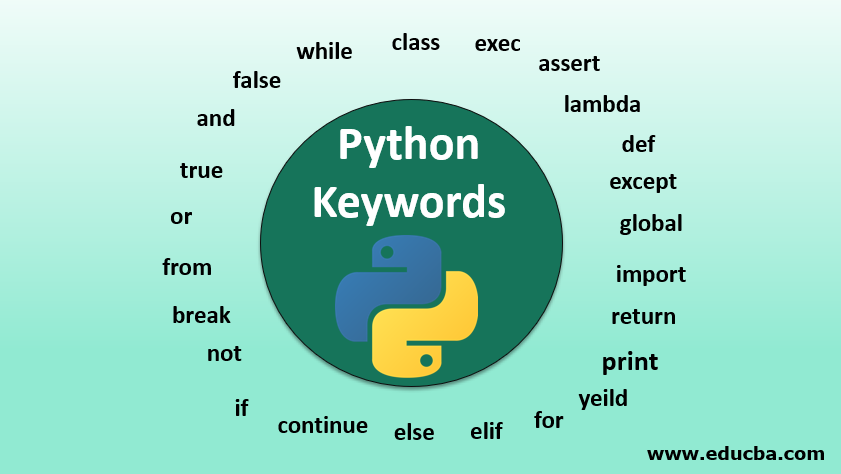How to format the result to 2 decimal places in python using
How to format the result to 2 decimal places in python using

I'd be happy to help!
To format a number to 2 decimal places in Python, you can use the format() function or f-strings (available from Python 3.6 onwards). Here are some examples:
Using format()
num = 123.456789
result = format(num, ".2f")
print(result) # Output: 123.46
In this example, the .2f format specifier tells Python to format the number as a floating-point value with two decimal places.
Using f-strings (Python 3.6 and later)
num = 123.456789
result = f"{num:.2f}"
print(result) # Output: 123.46
Here, the {} is replaced with num which is a floating-point value. The :.2f part specifies that you want to format this number as a floating point value with two decimal places.
Using the % operator (Python 3.x and earlier)
num = 123.456789
result = "%.2f" % num
print(result) # Output: 123.46
In this example, the %.2f format specifier is used to format the number as a floating-point value with two decimal places.
All of these methods will produce the same output: a string that represents the input number rounded to 2 decimal places.
If you want to perform some calculations and then format the result to 2 decimal places, you can use the round() function to achieve this. For example:
num = 123.456789
result = round(num, 2)
print(result) # Output: 123.46
In this example, the round() function takes two arguments: the number you want to round, and the number of decimal places you want to keep. In this case, we're rounding num to 2 decimal places.
I hope these examples help you format numbers to 2 decimal places in Python!
How to format string to 2 decimal places in Python?
I'd be happy to help!
In Python, you can use various methods to format a string to 2 decimal places. Let's explore some of them.
Method 1: Using the format() method
You can use the format() method and specify the number of decimal places as an argument:
number = 123.456
formatted_number = "{:.2f}".format(number)
print(formatted_number) # Output: "123.46"
In this example, {:.2f} is a placeholder for a floating-point number with 2 decimal places. The format() method replaces the placeholder with the value of number, rounding it to 2 decimal places.
Method 2: Using string concatenation
You can also use string concatenation to achieve the same result:
number = 123.456
formatted_number = str(round(number, 2))
print(formatted_number) # Output: "123.46"
In this example, str() converts the rounded value of number (rounded to 2 decimal places using round()) into a string.
Method 3: Using f-strings (Python 3.6+)
If you're using Python 3.6 or later, you can use f-strings for formatting:
number = 123.456
formatted_number = f"{number:.2f}"
print(formatted_number) # Output: "123.46"
F-strings are a powerful feature in Python that allows you to embed expressions within string literals using curly braces {}.
Method 4: Using the str.format() method with a dictionary
You can also use the str.format() method with a dictionary to format your number:
number = 123.456
formatted_number = "{:.2f}".format({"value": number})
print(formatted_number) # Output: "123.46"
This approach is similar to Method 1, but it uses a dictionary to pass the value and formatting information to the str.format() method.
All of these methods will produce the same output: a string representing the original number with 2 decimal places.
So, which method do you prefer?
